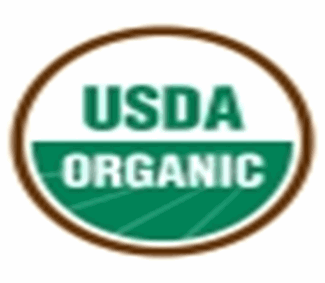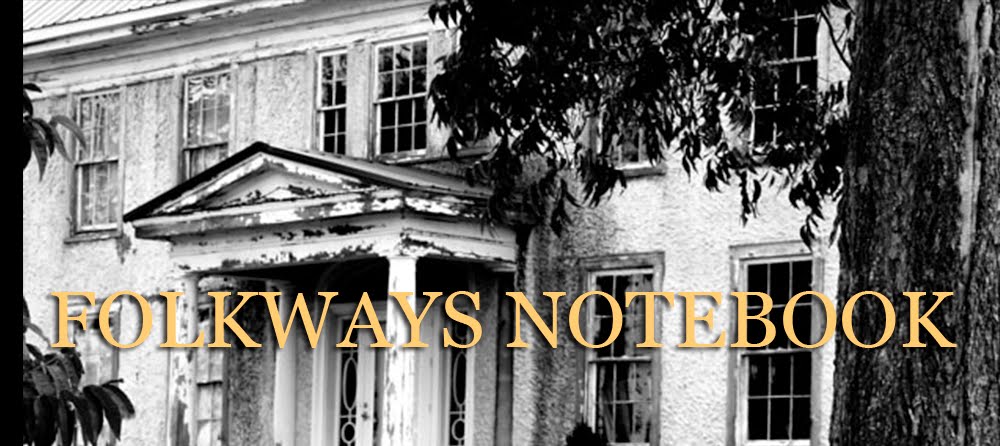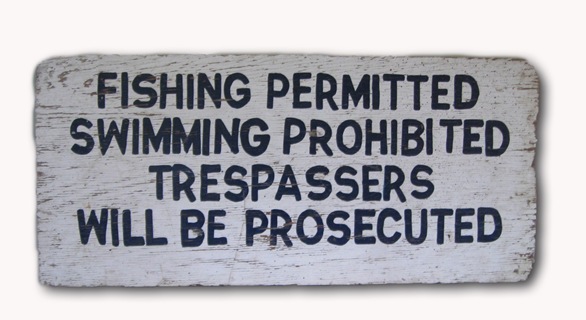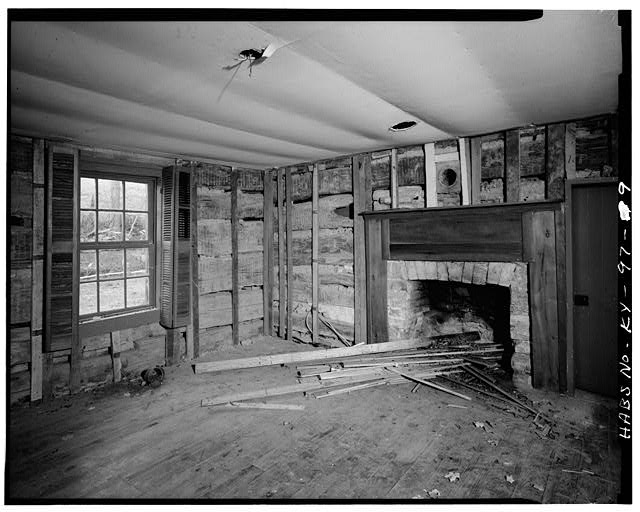In the March-April 2011 Audubon magazine, I noticed an article explaining what environmental labeling on food packaging really means. This article sorts out all the environmental claims that you read on your food labels. Audubon pointed out that there are over 100 “green” ( also called environmental) labels.
As a person who practices organic eating, at least I thought I did, I was surprised at what I was about to read. My main interest was with the label below – that of the USDA ORGANIC label. This is by law the label that decides if the product is organic.
 |
| OFFICIAL GOVERNMENT ORGANIC LABEL |
I had assumed, wrongly, that what I ate, with this label, meant it was produced wholly (100 percent) without synthetic pesticides, herbicides, sludge, irradiation, or not grown with genetically modified seeds (GMO’s).
After that things really begin to change. Audubon then states that if 95 percent or more of the ingredients can be produced and grown organically, as the last two paragraphs states, then it can be labeled "organic" and can also display the official USDA seal. At this point the 100 percent labeling cannot be included.
Are you still with me?
So at 100 percent labeling, the food is grown and produced totally organic. At 95 to 99 percent some of the ingredients can be non-organic and therefore may be grown and produced with some synthetic pesticides, herbicides, sludge, irradiation, or GMO's -- and still be labelled organic and displayed with the USDA ORGANIC label. I feel this is tricky.
I use Spectrum Olive Oil and found that it is 100 percent organic on the side label. I think that a standard box should be created on the label to state what percentage is organically grown and produced -- much like the nutritional box used on labels. (By the way corporate GMO companies have pressured the government not too label the food that is produced with GMO's -- shhhhh) -- (also of interest click on this article -- Court of Appeals Dismisses Monsanto’s Appeal of Biotech Beets Case, Preserves Victory for Farmers, Environment).
More tricks -- if at least 70 percent of the ingredients are organic it can be marked, “Made with organic,” only and will appear without the USDA ORGANIC label. If less than 70 percent only the ingredient list can identify the organic ingredients – also without USDA ORGANIC label.
My interpretation from this is to look for labels marked 100 percent organic with the official USDA ORGANIC label to eat a true organic product -- no sludge, irradiation, GMO’s, pesticides and herbicides. After that standard it looks like some manipulation creeps in for chemicals and genetic engineering.
A good example of a 100 percent organic label is this Ferry Morse seed packet below. It has the USDA ORGANIC label and the words 100 percent organic assuring the customer of what they are buying. Seeds fall in the food category with USDA,.
View the Audubon article below for many of the different types of "green" labels
Don’t let all this confusion deter you – look at it as a challenge to your well being.
RESOURCES
USDA Organic Program
Audubon Magazine Peeling Back The Labels








